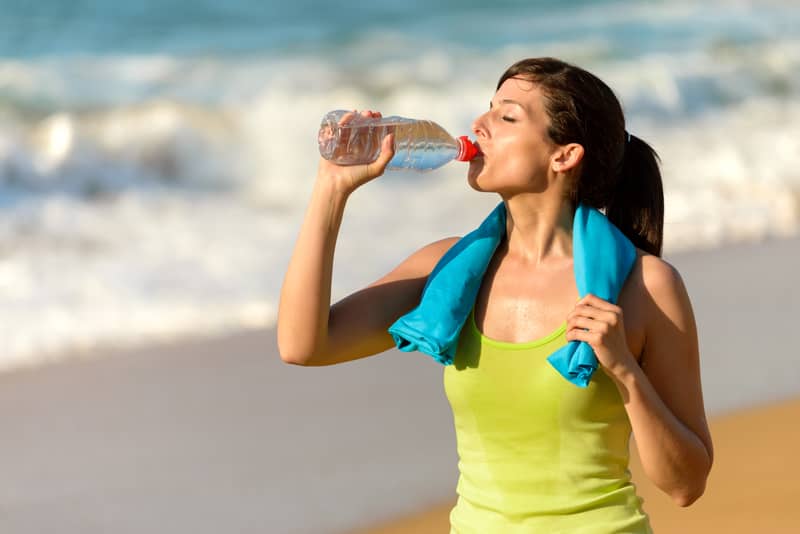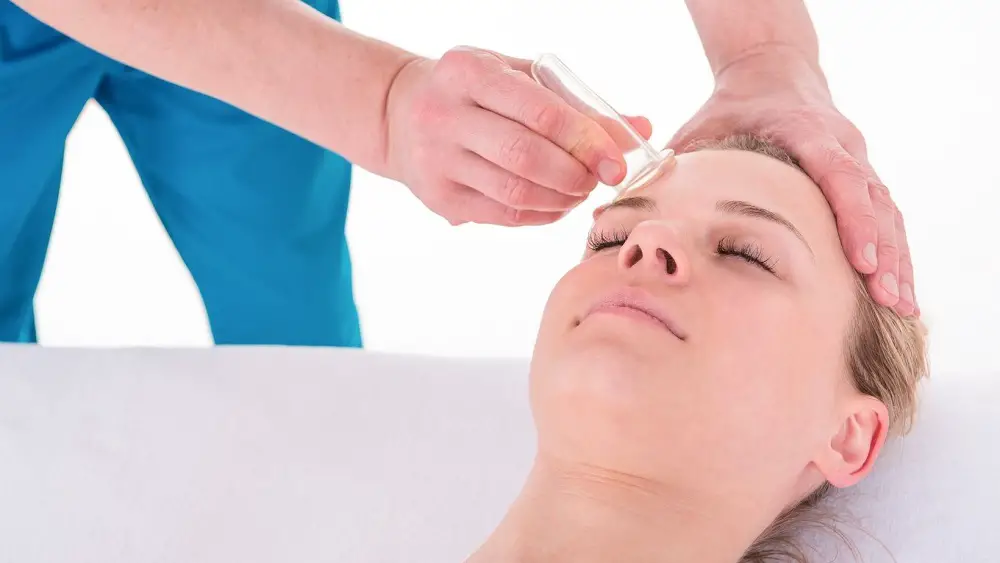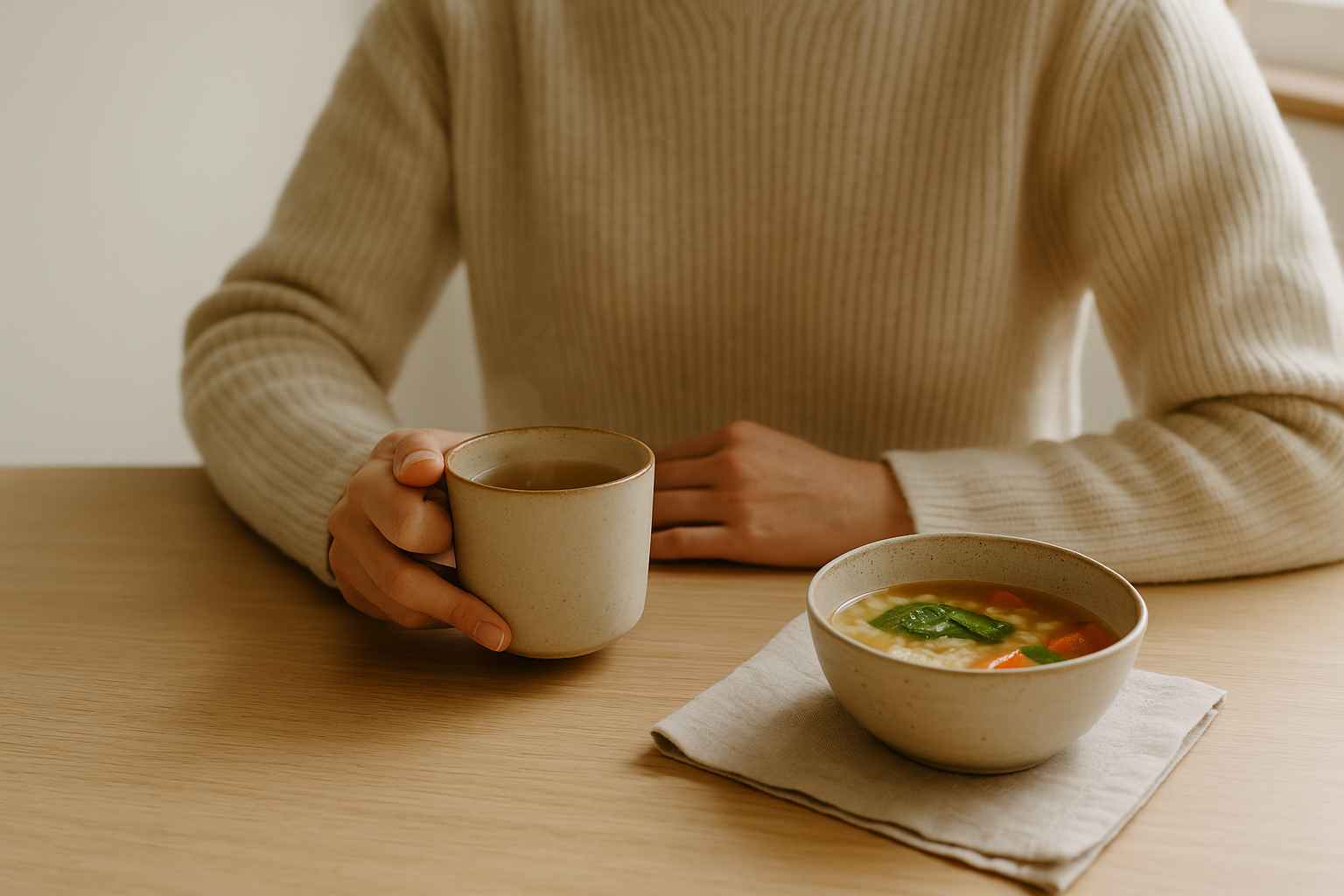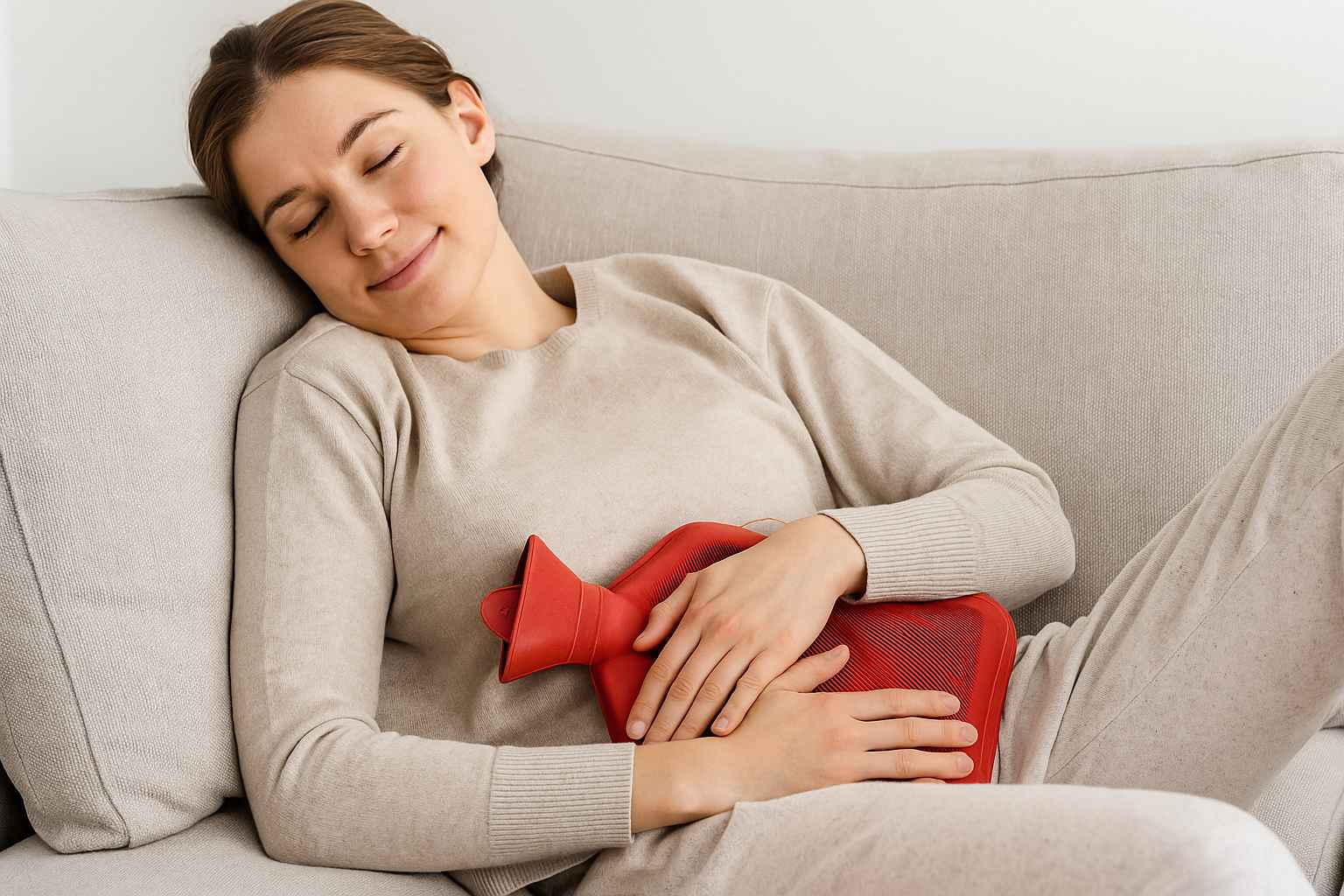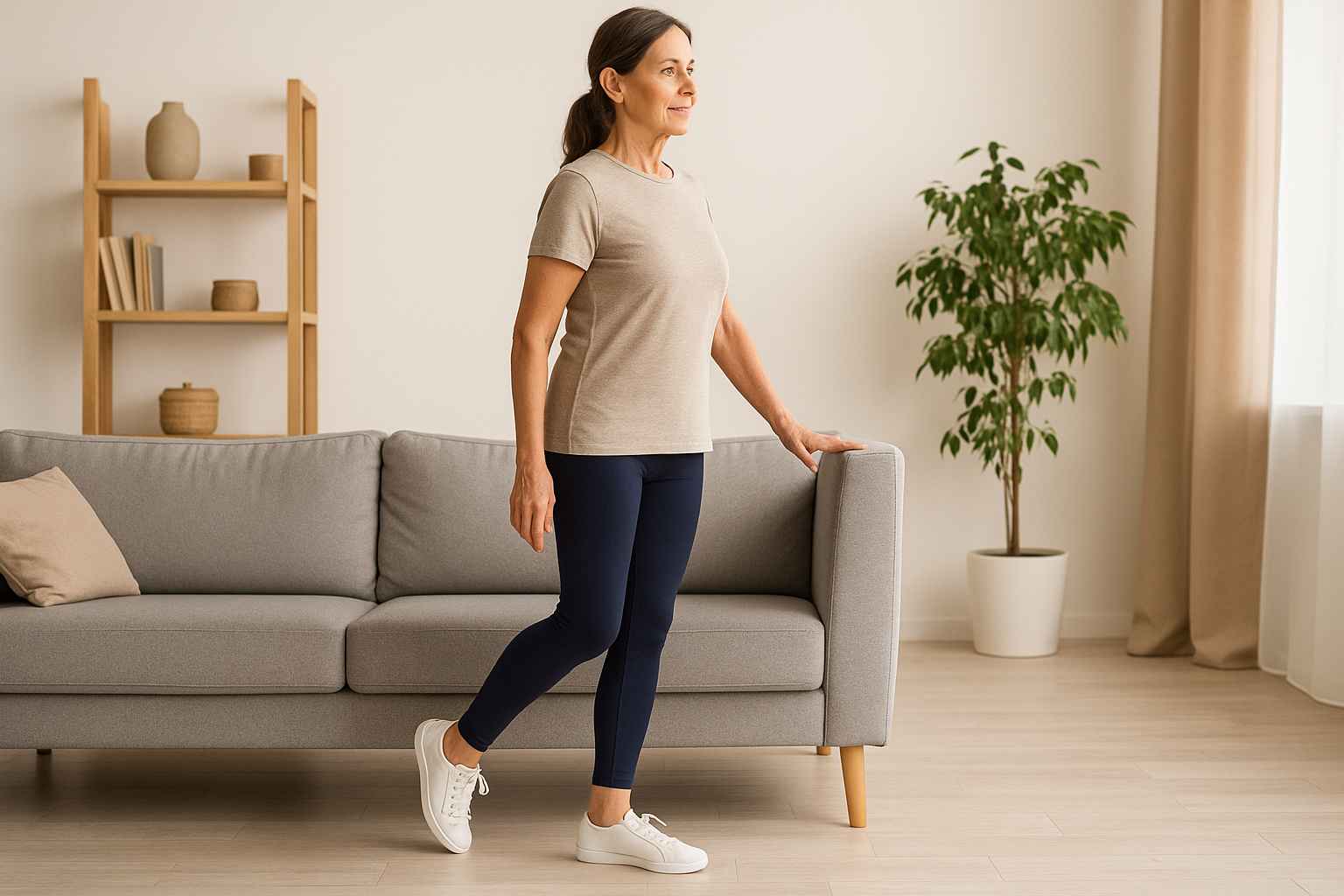The pericardium is a thin and layered sac that surrounds and protects the heart. Between the layers of the pericardium, a small amount of pericardial fluid helps the heart slide more easily within the sac. Sometimes, however, an abnormal accumulation of fluid forms between the layers of the pericardium and around the heart. Known as pericardial effusion, this accumulation of excess fluid places strain on the heart and affects the organ’s ability to function properly. In order to maintain healthy heart function and improve your overall health, it’s essential to learn how to stimulate the acupressure points for fluid around the heart.
What Are The Symptoms Of Pericardial Effusion?

Symptoms of pericardial effusion include chest pain and heart palpitations, nausea, shortness of breath, muscle aches or fatigue, flu-like respiratory issues, or dizziness. Typically, symptoms are more pronounced when you take a deep breath and improve as you lean forward.
Many people show no symptoms at all, especially if the fluid increases gradually. The condition may go undiscovered until flagged up on a chest X-ray, echocardiogram, or CT scan. By massaging the relevant acupressure points daily, you not only reduce your risk of developing a pericardial effusion but also learn to pay closer attention to the body, increasing the likelihood that you will discover any accumulation of fluid around the heart before serious complications arise.
What Causes Pericardial Effusion?
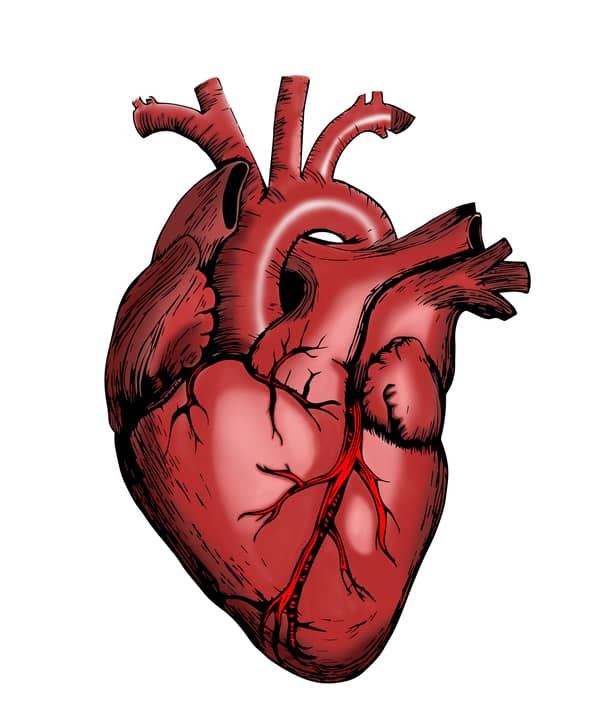
The build-up of excess fluid around the heart may be caused by infection or disease, the use of certain drugs or medicines, or exposure to toxins. Some forms of cancer can cause pericardial effusion, as can certain chemotherapy drugs. Heart failure can lead to inflammation of the pericardium, which in turn may lead to an increase of fluid around the heart. Kidney failure causing uremia (the buildup of toxins in the blood) can also cause pericardial effusion, making it more difficult for the heart to pump blood around the body. Injury or trauma could puncture the pericardium, causing fluid to accumulate around the heart.
In most cases, however, pericardial effusion is caused by disease. With the body under attack, the spleen is engaged in fighting the disease and is unable to transport enough water. If the disease persists for a longer period, wastewater collects in the pericardium, placing a greater strain on the heart and the spleen. Daily stimulation of the pericardial meridian may help to remove the build-up of fluid in the pericardium and around the heart, allowing the spleen to devote its energies to fighting off the disease.
What Are The Acupressure Points For Fluid Around The Heart?
The most important acupressure points for fluid around the heart are those associated with the chest center, the bladder, and the pericardial meridian.
If you do not have enough time to engage in prolonged massage of the entire meridian, you can focus on stimulating the acupoint on the bladder meridian of both feet, the Shan Zhong point in the center of the chest, and acupoints PC-1, PC-2, and PC-6 of the pericardium meridian.
Acupoint: Ren-17 (Other Names: The Conception Vessel-17/Shan Zhong/Middle of the Chest)

The Ren-17 acupoint is located at the center of the breastbone, in a small notch where the fourth intercostal space meets the sternum. To find it, count down the spaces between the ribs from below the clavicle. In men, this is usually at the level of the nipples, though the point is sometimes slightly higher than you would expect.
Stimulation of the Shan Zhong acupoint regulates Qi energy flow, clears the chest of phlegm and congestion, and soothes chest pains. As the meeting point of the spleen, kidney, small intestine, and San Jiao energy meridians, it may help to resolve acid regurgitation. There is strong evidence to suggest that stimulation of Shan Zhong REN-17 increases activity in the parasympathetic nerves of the heart. It’s also one of the important acupressure points for scoliosis.
To massage this acupoint, apply firm pressure with one finger while breathing deeply. Make circles with your finger for three to five minutes, then hold your palm over the point and relax for as long as is comfortable. Repeating this each day helps to reduce your risk of heart disease or a heart attack.
Before massaging the acupressure points for fluid around the heart of the pericardium meridian, begin by massaging the Bl-60 acupoint of the bladder meridian. This makes it easier to drain the pericardial effusion and relieve the strain on your heart.
Acupoint: Bl-60 (Other Names: Urinary Bladder-60/Kun Lun/Kunlun Mountains)
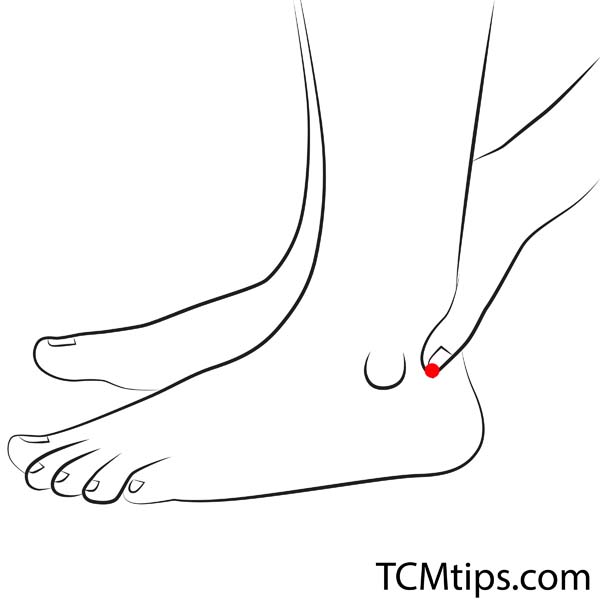
The Bl-60 acupoint is located on the bladder meridian of both feet, in the depression between the external malleolus and the Achilles tendon, behind the outer ankle, opposite the KI-3 acupressure point.
Stimulation of the Bl-60 acupoint expels wind and removes obstructions in the meridian and is used in treating congestion and asthma due to cold or heat in the body. The Kun Lun point is also one of the most useful nausea and headache acupressure points.
An imbalance in the pericardium may manifest as inflammation and discomfort in the chest, nausea or vomiting, or accumulation of fluid around the heart. Of the pericardium acupoints associated with fluid around the heart, the most important are PC-1, PC-2, and PC-6.
Acupoint: PC-1 (Other Names: Pericardium-1/Tian Chi/Heavenly Pool)

The PC-1 acupoint, the “Celestial Pool,” is located on the chest in the fourth intercostal space, one cun from the nipple, and five cun from the anterior midline. It belongs to the pericardial meridian of the hand and is used in the treatment of asthma and congestion, chest pains, and headaches.

Acupoint: PC-2 (Other Names: Pericardium-2/Tian Quan/Heavenly Spring)
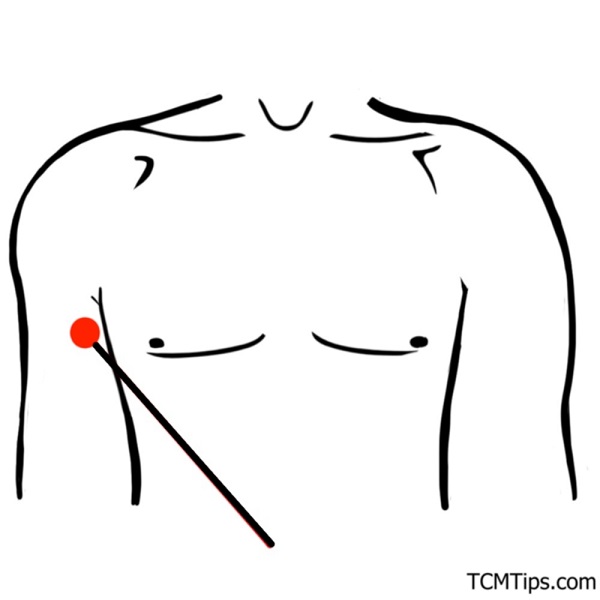
The PC-2 acupressure point, the “Celestial Spring,” is found on the medial aspect of the arm, two cun below the end of the anterior axillary fold between the two heads of the biceps brachii muscle. Stimulation of this acupoint opens the chest and improves blood flow, relieving cardiac pain and calming palpitations.
Acupoint: PC-6 (Other Names: Pericardium-6/Nei Guan/Inner Pass)
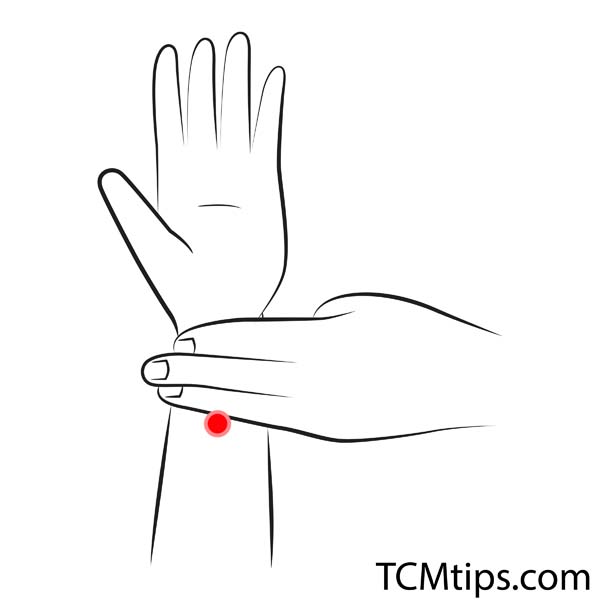
The PC-6 or “Inner Gate” is one of the most important acupuncture points in traditional Chinese medicine. It is located on the anterior forearm, around two cun above the wrist crease, between the palmaris longus and flexor carpi radialis tendons. Stimulation of the PC-6 improves the flexibility of the diaphragm, reduces palpitations, and relieves tightness in the chest.
One of the key acupressure points for shoulder and arm nerve pain, it is also effective in treating cardiovascular disorders. Acupuncture at the PC-6 has been proven in clinical trials to have a significant effect on the function of the sinoatrial node, which generates the electrical impulses that set the normal rhythm in a healthy heart.
Massage each of these acupoints of the pericardium meridian for two to three minutes. Press the acupoints vertically with the thumb, applying gentle pressure.
This method can help to eliminate pericardial effusion around the heart and relieve unnecessary strain on the organ. Use this simple acupressure technique to reduce fluid around the heart, alleviate tightness in the chest, reduce palpitations and arrhythmia, and improve the body’s natural immunity.

Try our Anti-Aging Gua Sha Tool designed to bring out your skin’s natural glow.
Best Gua Sha Product- Anti-Aging: The tool is designed to target 11 specific aging signs such as wrinkles and sagging skin. By following the 7-step routine, users can improve skin firmness and reduce fine lines naturally.
- Enhances Skincare Routine: It works effectively with serums and lotions, boosting absorption and efficacy of skincare products.
- Visible Skin Improvement: Users can expect a smoother complexion, reduced puffiness, and a more youthful appearance.
 P. Sze
P. Sze 